Arthur Mee's literary life
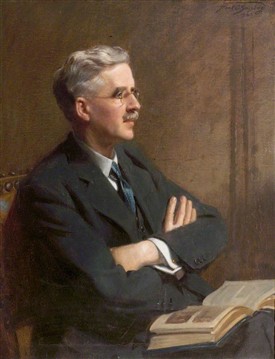
Arthur Mee in 1940
Frank O. Salisbury
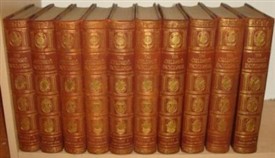
A nicely-bound set of the Children's Encyclopedia
This, and other editions, can be seen at Stapleford Library
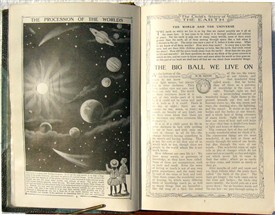
A typical spread from the Encyclopedia
Earth: The Big Ball We Live On
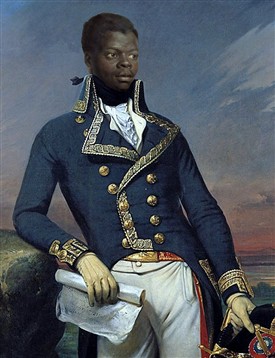
Toussainte Louverture
A hero of Arthur Mee's
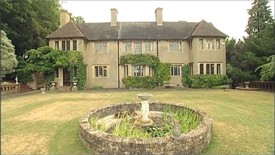
Mee's house at Eynsford
a long way from Stapleford
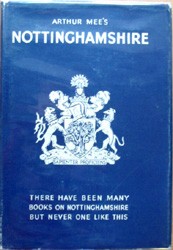
1st edition of The King's England 'Nottinghamshire'
Still in print in the 1970s
The story of Stapleford's most famous son
By Ralph Lloyd-Jones
Arthur Henry Mee was the second of ten children of Henry and Mary Mee, devout Baptists whose son inherited their faith. The house where he was born on 21 July 1875 was behind St Helen's church, Stapleford, but is now unfortunately demolished. Shortly after his birth they moved to 7 Pinfold Lane in Stapleford, then to 237 Woodborough Road, Nottingham in 1889.
Arthur's entire formal education was at the Stapleford Board School which he left at 14. He immediately started work as a copy holder on the Nottingham Evening Post, being articled to the Nottingham Daily Express for four years at the age of 16. Aged just 20 he was editing the Evening News edition of the Express and already contributing to Tit-Bits magazine. After he moved to London in 1896 Alfred Harmsworth, the well-known publisher, asked him to work for the Daily Mail where he was promoted to Literary Editor in 1903. He and John Hammerton (later his biographer) produced the Harmsworth Self-Educator between 1905 and '07. The informative History of the World followed in 1907-9, Natural History (1909-11).
When he was 22 Arthur married 20-year old Amy Fratson and their only daughter Marjorie was born in 1901. It was in answer to her constant childhood questions that he had the idea of producing his famous Children's Encyclopedia which was published in 50 fortnightly parts between 1908 and 1910. The Children's Magazine followed in 1910, though its title was changed to My Magazine after a decade, perhaps in order to retain the original readers as they grew up? It continued until 1935, being joined by the Children's Newspaper (1919) which lasted right up to 1964, edited by Mee himself till his death in 1943.
One biographer has written of the Children's Newspaper that 'Mee used it shamelessly as a platform for his personal views.' (Kimberley Reynolds, DNB). Certainly he was an apologist for the British Empire, but then it was a fact of the time and, whatever its iniquities, at least Mee sought to educate and inform children (and their parents) who read his books. Of course he had a small army of researchers working for him, but his style is always readable and often surprisingly original. It is interesting, for example, that his Book of Heroes features the great black liberator of Haiti, Toussainte L'Ouverture.
Mee worked hard and was wealthy before he was 30. He built a beautiful house at Eynsford, near Sevenoaks in Kent, and even his home, which includes a Children's Garden of Knowledge, is educational, informative and fun. His final literary project was the King's England guidebook series of 41 counties including London. Sadly he died during an operation at King's College Hospital in London on 27 May 1943 aged only 68.
We may now take issue with some of the content of the books but Arthur Mee made a massive contribution to the way several 20th Century generations first perceived the world beyond their immediate surroundings. All of the publications mentioned above, and many other works, including his friend John Hammerton's biography, are available to be looked at in the newly-refurbished Stapleford Library where the original portrait of Mee by Frank O. Salisbury can also be seen. When you go there, don't forget to take in the blue plaque on his one and only educational establishment, the attractive Board School building next door.